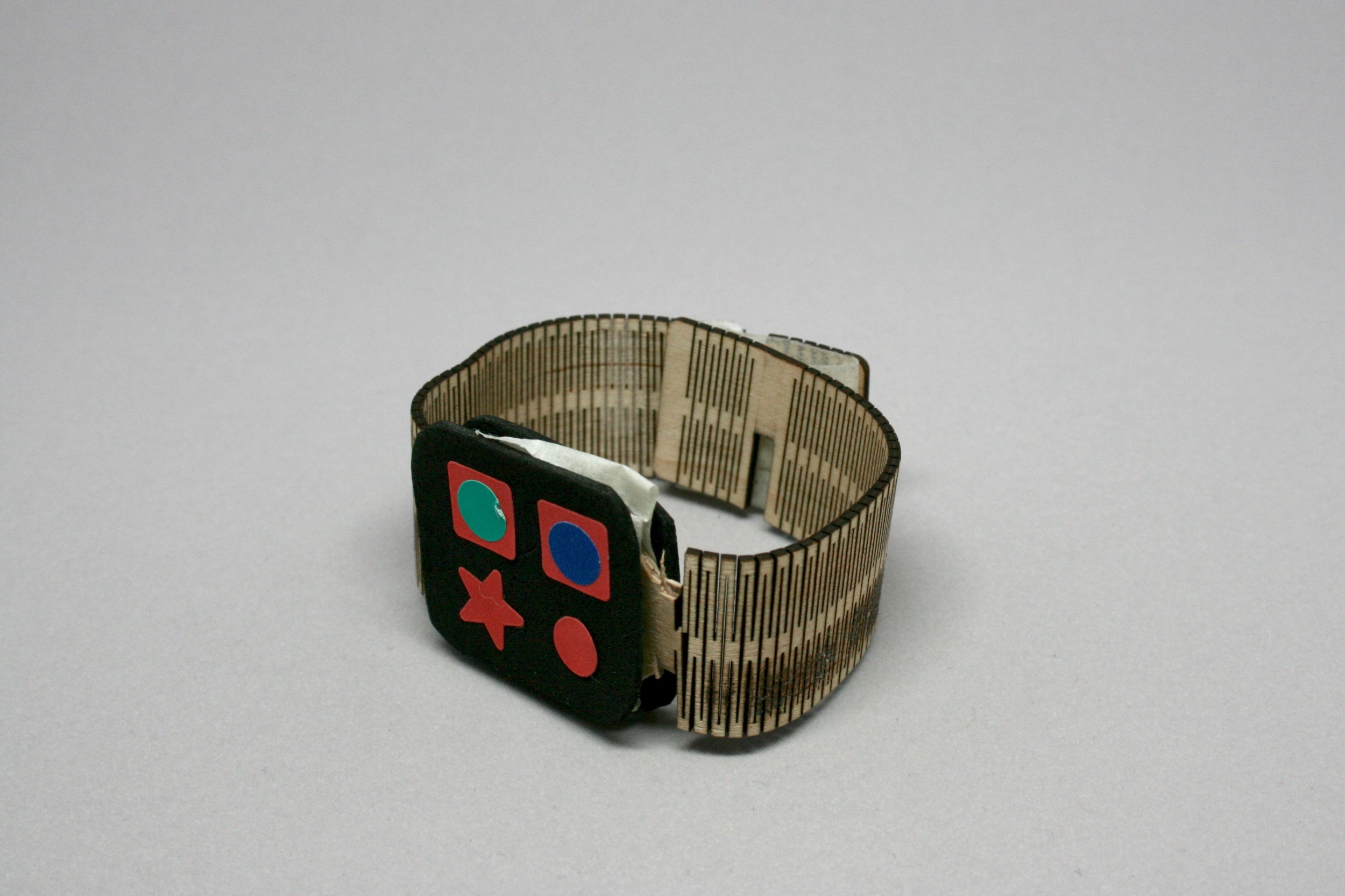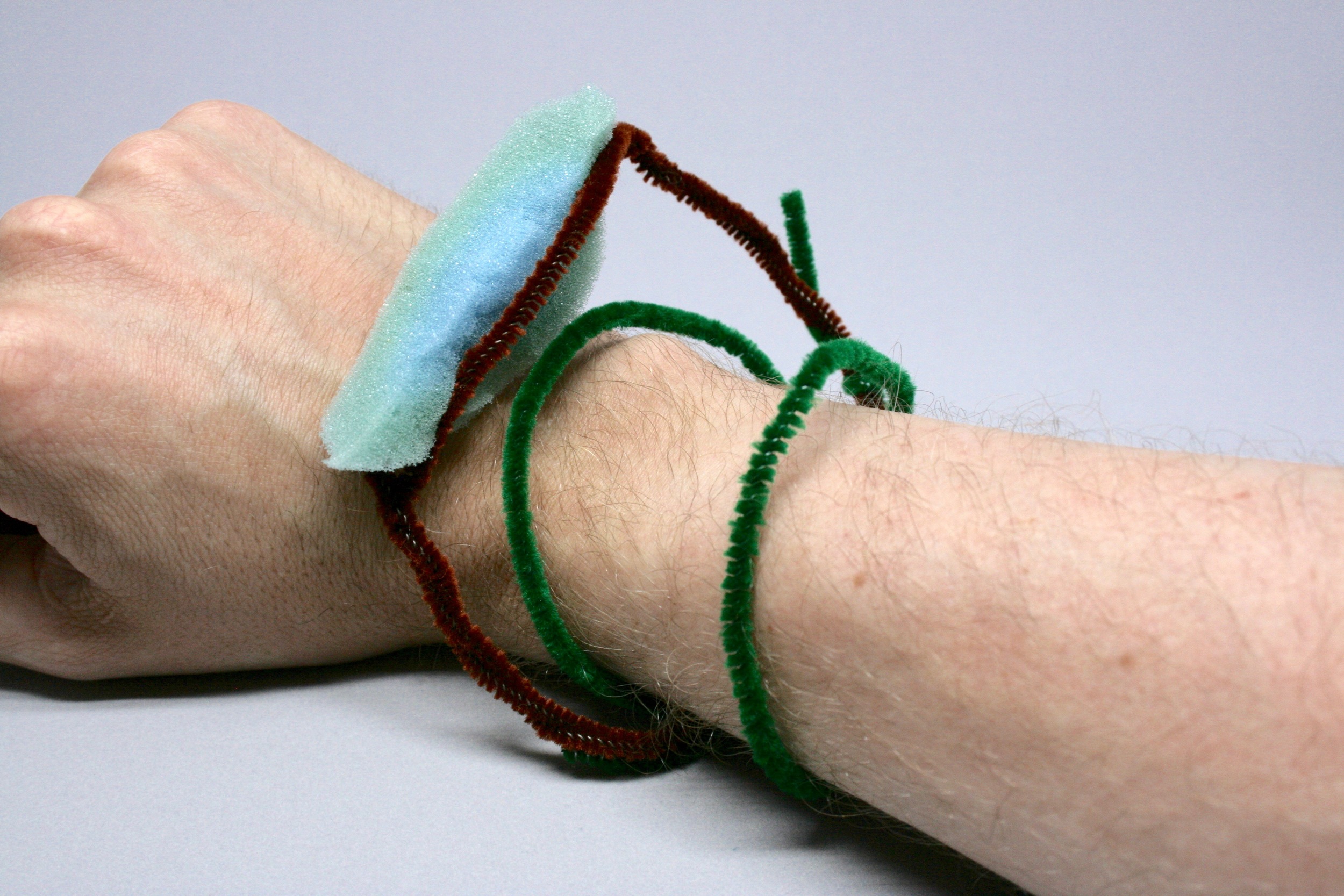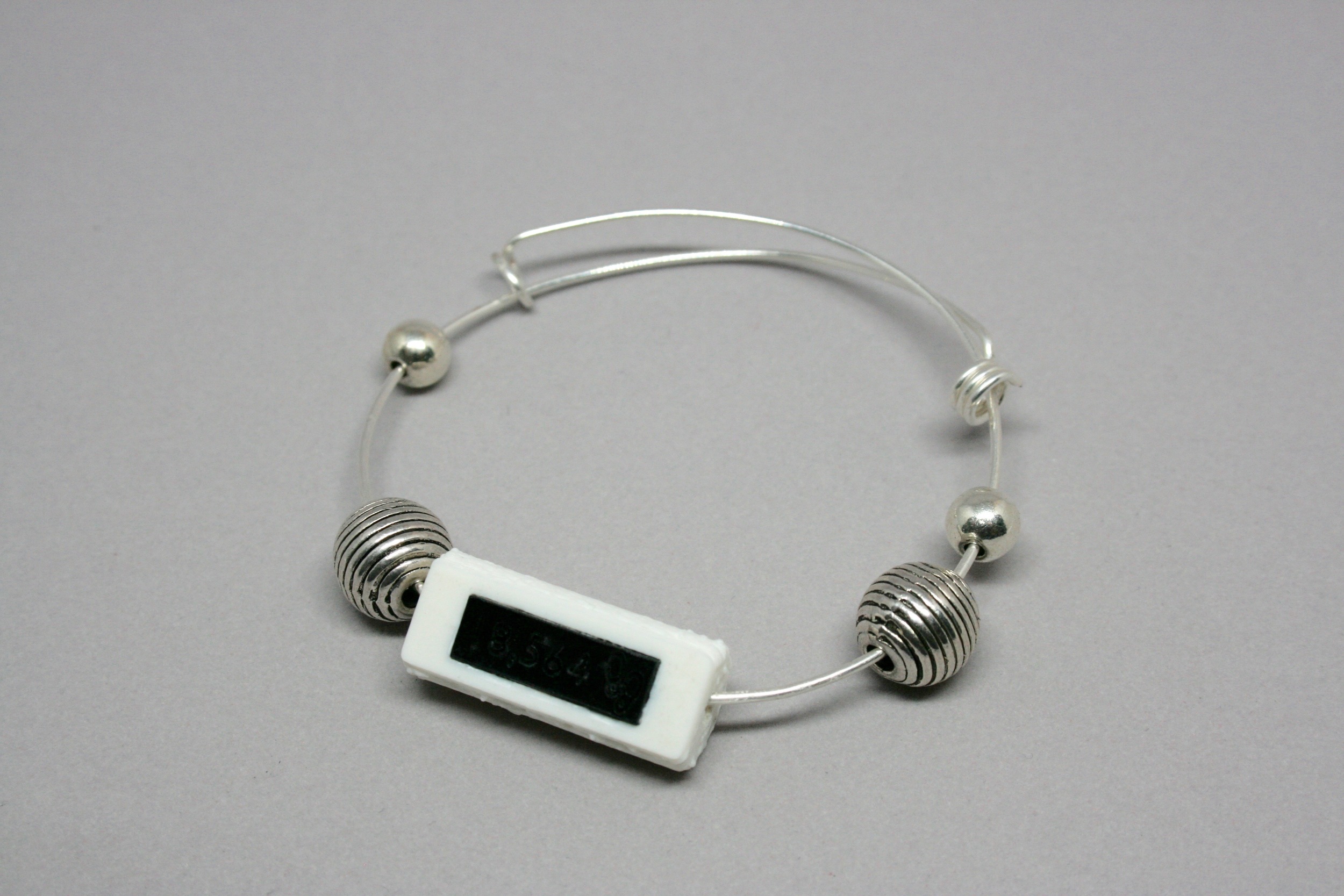The Role of Aesthetics and Design: Wearables in Situ
The aim of this research project was to understand how people use activity trackers, if they meet their aesthetic desires, and how they integrate them into their daily routine. With the increase in popularity of activity tracking it is not only important to understand what motivates users to track their data, but how devices support it.







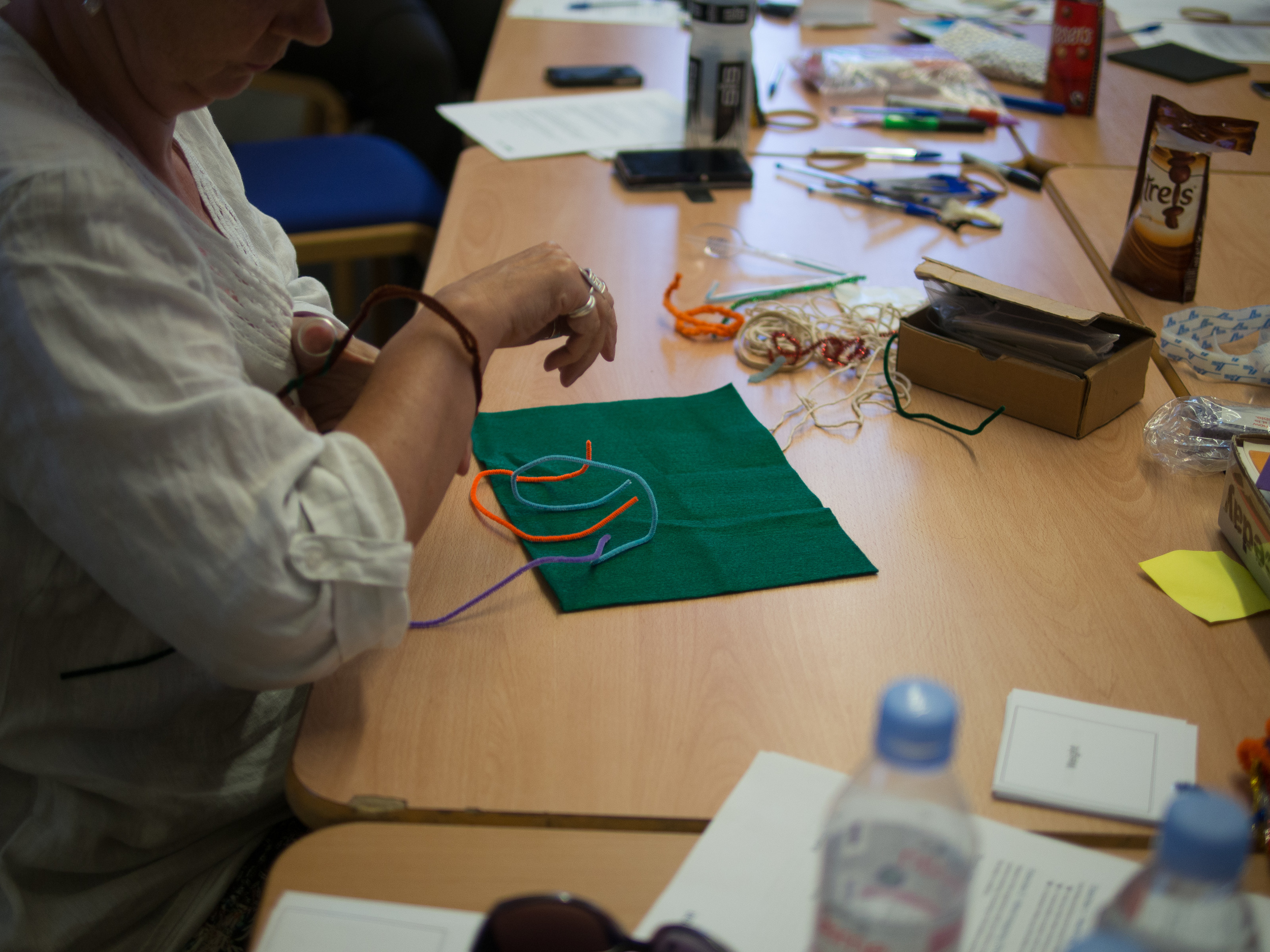



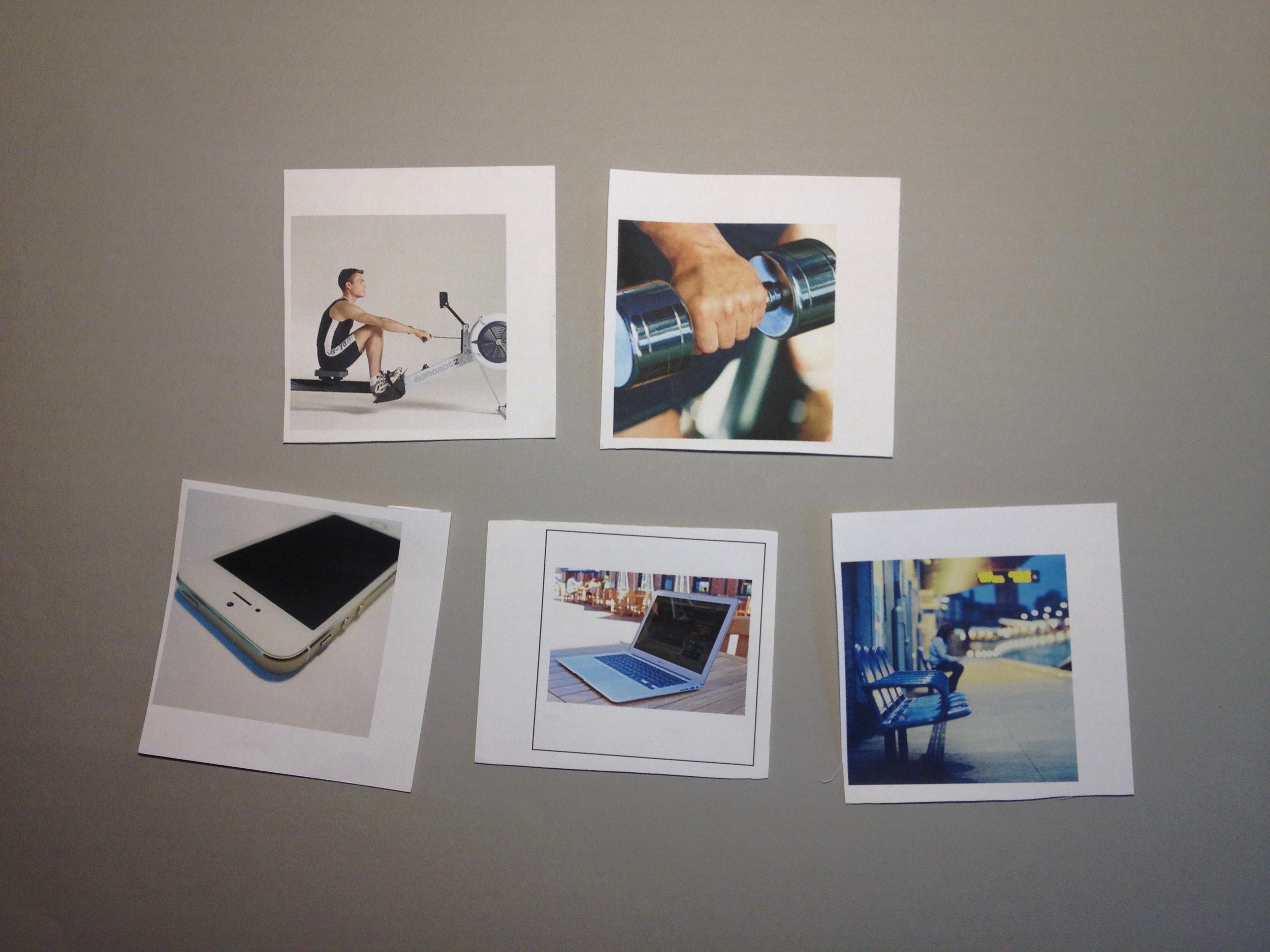

Publication
Matthew Pateman, Daniel Harrison, Paul Marshall, and Marta E. Cecchinato. 2018. The Role of Aesthetics and Design: Wearables in Situ. In Extended Abstracts of the 2018 CHI Conference on Human Factors in Computing Systems, LBW518.
While my background in product design gave me an understanding of physical design, taking an HCI research approach made me identify challenges which users face in regards to the device, the accompanying app and the context of use.
This project made use of participatory design workshops and low fidelity prototyping to help understand user's needs for activity tracing devices.
To view my thesis online please visit the UCL Interaction Centre Graduate Distinction Projects page.
STUDY OUTLINE
The study consisted of 3 distinct parts. Collecting user insights on current devices took place in a participatory design workshop which I led, with a sensitising task in the form of a diary study.
1. Reflection on current use |
|
|---|---|
| 1.1 Sensitising through Diary study A | 7 days |
2. Participatory Design and Prototyping |
|
| 2.1 Participatory design workshop | 1 day |
| Exercise 1: Projective Expression | 20 mins |
| Exercise 2: Mapping of domain knowledge | 10 mins |
| Exercise 3: Creative thinking through bisociation | 10 mins |
| Exercise 4: Designing & presenting your own concept | 50 mins |
| 2.2 Researcher prepares and posts prototypes during this time period |
2 weeks |
3. In the wild evaluation |
|
| 3.1 Prototype evaluations through diary study B | 5 days |
| 3.2 Follow-up interview | 20 - 30 mins |
1. Reflecting on current use
Collecting user insights on current devices took place in form of a diary study. During this stage trial participants were asked to wear their current tracker for a while week including weekends and were sent a series of questions via email. This was also an opportunity to sensitise the participants towards the research domain in preparation for the participatory design workshops.
2.1 Participatory Design Workshops
The workshop consisted of a variety of exercises: I made use of creative story telling through the use of predefined photos and words.
Exercise 1: Projective Expression
Participants were prompted to talk about their past experiences with activity tracking. Additionally participants were prompted to consider non-archetypical activity trackers such as non-wrist-worn devices.
Exercise 4: Designing and presenting your prototype
Finally, each participant made a model of their ideal prototype which they later presented to the group.
2.2 Preparation of Low fidelity prototyping
All materials were analysed and low fidelity prototypes were created for each participant to test within the context of their daily lives. I evaluated the outcomes from the first part and created low fidelity prototypes for each participant.
3. Evaluating in the wild
Participants evaluated their prototypes in-situ. They logged their time in a diary study. I conducted a closing interview to understand participant experiences with their designs. All of the collected data was thematically analysed and presented in the thesis.
Analysis
The findings showed how accuracy of the device was not highly considered. Instead, the perception of device properties and integration into routines were crucial.












